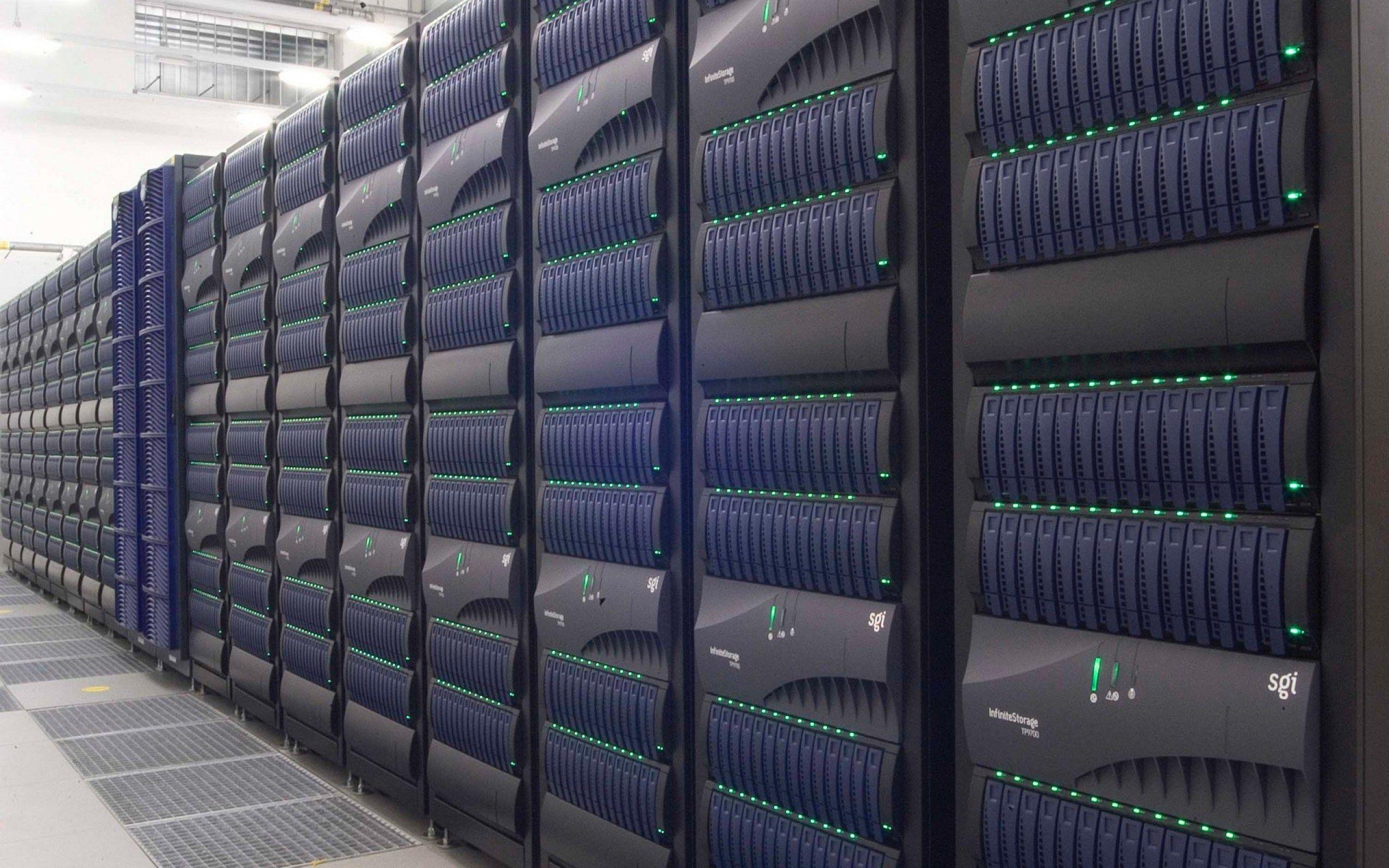Raid Data Recovery
RAID Data Recovery Services
Raid, or Redundant Array of Inexpensive Disks, is a technology used to improve the performance, reliability, and storage capacity of computer systems. It involves combining multiple physical disks into a single logical unit, which provides data redundancy, faster read and write speeds, and improved fault tolerance. However, even with the best Raid configuration, data loss can still occur due to various reasons, such as hardware failure, software corruption, human error, or natural disasters. In such cases, Raid data recovery becomes necessary to restore the lost data and prevent business downtime, financial losses, or reputational damage.
What is Raid Data Recovery?
Raid data recovery refers to the process of recovering lost, corrupted, or inaccessible data from Raid arrays or RAID server. Recovery involves a combination of technical expertise, specialized tools, and software algorithms to reconstruct the Raid configuration, identify the damaged or missing disks, and extract the data from them. Depending on the severity and complexity of the data loss scenario, Raid data recovery can range from simple software-based solutions to complex hardware-level procedures.
Server Data Recovery
The various plans, or information distributing formats, are named by “RAID” trailed by a number, for instance RAID 0 data recovery or RAID 1 data recovery. Each plan, or RAID level, gives an alternate possibilities and features among the key objectives: unwavering quality, accessibility, execution, and limit. RAID levels which are more prominent than RAID 0 give insurance against unrecoverable data, as well as against failures of entire actual drives. Tragically, RAID servers are sometimes helpless to data loss. The conveyance technique for information among the disks and mechanical nature of the plates makes them defenseless against disappointment. At times, their strength neutralizes them as one drive might fail and might go undetected before the other drives start to fail one by one.


How we do RAID Data Recovery?
RAID (redundant array of independent disks) is basically data storage virtualization technology that is a combination of multiple tangible block drive parts into at least one legitimate unit for the two main purposes which are data redundancy, overall performance improvement, or both.
It utilizes a blend of automatic and manual information data recovery cycles to re-establish information from at least one RAID drives and capacity parts. RAID recovery can be performed on both the hardware and software. The information of both the components are necessary to recover the data from any malfunctioned raid storage drives in the different levels.
RAID Data Recovery system by and large requires rebuilding of all RAID levels to the last known great settings.
The individual/programmer should know the RAID setup at the equipment, software and firmware level to effectively recover information. We at DSR INFOTEC offers you the best RAID Data Recovery expert which is a fundamental part of recovering any data from the RAID.
The person assigned to recover the data from the RAID storage should know how to reconstruct the arrays to the original state before it malfunctioned. The person should know how to use the software and also RAID configuration at the hardware to do the recovery of the data.
Raid Server Recovery
RAID Data Recovery Services

RAID 0 DATA RECOVERY
Basically RAID 0 is used disk striping technique to increase the speed of data transfer and accessibility. Each disk in RAID 0 is designed read/write simultaneously data which is spread in every disk. This technique helps the performance of the disk, but the biggest demerit of using this level is that as your data is stripped all across in all the arrays, in case of anyone of the drive fails, you will lose all your data. To gain data back, disks array must be fixed to recover all the missing data. Our computer technicians at DSR Infotec have all the knowledge to recover your valuable data from RAID 0 level.
Our engineers in DSR INFOTEC are the most capable group of technicians which can provide you with RAID data Recovery Services in all the raid levels such as, like we can Recover RAID 0 | 1 | 2 | 5 | 10 Server Data.

RAID 1 DATA RECOVERY
It comprises of a same copy of a bunch of information on at least two different disks. RAID 1 uses mirroring of data in different disk arrays with no parity, stripping, or spanning of drives space across two or more disks. This setup should at least two drive so that the exact data can be mirrored. This enables redundancy in the data because the data is written in one disk as well as in the other disk. This type of array is beneficial when read performance is more important than the write performance. The other benefit of this level is that your data will be safe in another disk and it will in an operational state. In case of failure of one disk the controller can easily access the same data in the mirror disk. There also demerits of RAID 1 is that only usable data storage is only half of the total drive capacity and also it does not allow replacement of the failed drive until and unless the failed drive becomes cool. So, to replace the failed data the computer has to be shut off which can hamper the operations. In case of failure of any drive you can call the DSR Infotec who have the methods to enable safe data recovery.

RAID 2 DATA RECOVERY
- RAID 2 uses hamming code parity to record Error Correction Code (ECC). Each data bit in a word is recorded on its own disc, and the ECC codes of the data words are stored on a separate set of discs at this level. In RAID 2, the number of discs used to store data is equal to the logarithm of the number of discs used to protect the data. In RAID 2, all disc’s function as a single disc with a capacity equal to the sum of all discs used to store data. RAID 2 Recovery is typically done with RAID recovery software, which scans each drive or array for corrupted or deleted data, as well as hamming parity information. RAID 2 Recovery usually necessitates the recovery of hamming code parity in order to restore data in the correct parity order. One or more parity drives are used to store this data. If one of the drives in the array has a physical problem, such as a head crash or a spindle failure, it must be physically replaced before the RAID can be used again. RAID 2 is not much used nowadays but if you are still running this level then in case of any failure of raid system, call the professionals at DSR Infotec to fix your raid storage because we have number of years of experience in repairing raid level 2 storage.

RAID 5 DATA RECOVERY
RAID 5 uses the block level striping as the data placed at different drives with same parity. It is used commonly used throughout the world and is one the secure way of storing data. Minimum 3 drive is required by the RAID 5 to work and it can work up to maximum of 16 drives. The data is distributed among all these drives with the parity. The main advantage of this level is that it can easily safe itself from losing data in case a drive fails, but if a drive with large size drive in the array malfunctions and is not repaired and at the same time another drive gets damaged then your data gets lost forever. To recover the data and reconstruct the array you can call us so that we can easily reconstruct the infrastructure and can recover the data.

RAID 6 DATA RECOVERY
Raid level 6 is having the same the configuration as raid level 5 but an added merit that the data is distributed in double parity, which provides time to the user to repair 2 failed drives without losing the data. As it takes hours to rebuild the array, the raid 6 gives the user to survive the 2 failures of drives as compared to 1 in RAID 5. This makes RAID 6 more secure than raid 5. In case of failure of any drive of raid 6 data we can easily restore and recover your data.

RAID 10 DATA RECOVERY
RAID Level 10 is the result of combining RAID 0 and RAID 1. This means that mirroring and striping are both handled by a single RAID array. RAID 10 is a nested or hybrid RAID that is also known as RAID 1 + 0. By mirroring and striping data across multiple drives, it provides both security and performance. A RAID Level 10 or (RAID 1+ 0) system requires a minimum of four drives. If your array has stopped working for any of these reasons, recover data from the discs as soon as possible, as incorrect attempts to restore the array can result in irreversible data loss. RAID 10 is the best for known for speed and resilience but it is expensive. So, in case of any failure of the disk array you can the DSR Infotec professionals to recover your data.
View Our All Services
How do we do RAID Data Recovery?
Types of Raid Data Recovery
Causes for the failure of RAID
While RAID servers have lower chance of failure and, generally speaking, one disk failure can influence the whole setup. The array in the disks can encounter data distortion because of a different type of situations. Normal kinds of RAID failures include Virus, faulty RAID Build, fluctuation in voltage, Drive failures, lack of maintenance etc. It can have number of causes for failures but you don’t worry our team of technicians at DSR Infotec can fix any problem in RAID servers as long it is fixable.
